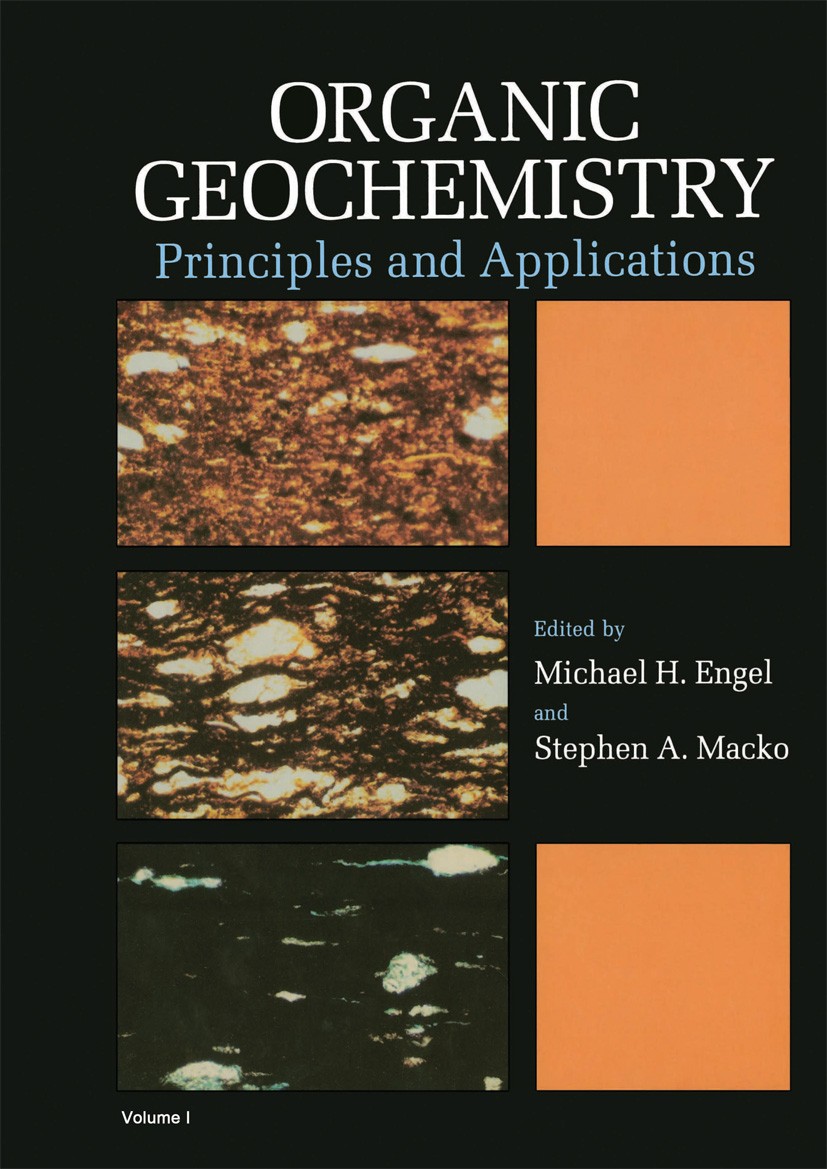Thermal stability of freshwater fern Azolla biomarkers as assessed by hydrous pyrolysis
IF 2.5
3区 地球科学
Q2 GEOCHEMISTRY & GEOPHYSICS
引用次数: 0
Abstract
The freshwater fern Azolla produces a unique series of ω20-hydroxy and ω9,ω10-dihydroxy lipids. These compounds were also detected in Eocene sediments (∼48.5 Ma) characterized by the occurrence of fossil remains of Azolla and are thought to be prime markers for the past occurrence of Azolla implying that they could serve as palaeo-environmental indicators of freshwater conditions. However, the suitability of these Azolla biomarkers for application to more mature sediments is unknown. In this study, Azolla caroliniana specimens were heated using hydrous pyrolysis at temperatures ranging from 220 to 365 °C for 72 h to examine the stability and degradation of the Azolla biomarkers during simulated diagenesis. Initially all ω20-hydroxy and ω9,ω10-dihydroxy lipids are converted to their ketone analogues. At 260 °C n-alkanes are formed. ω20-Hydroxy and ω9,ω10-dihydroxy lipids are degraded between 260 and 280 °C. At 300 °C, only ω20-keto-1-ols, ω20-keto fatty acids and ω20-ketones, along with their ω9 and ω10 analogues, remain to preserve their ω20, ω9 and ω10 functionalities, while at 320 °C and higher only the ω20-, ω9, and ω10-ketones were observed. At higher temperatures the proportions of n-alkanes became dominating. The high thermal stability of the ω20, ω9/ω10 functionality shows that it has a relatively high preservation potential. Hence, it may potentially be a robust source indicator of the depositional environment of Azolla-derived organic carbon reflecting freshwater or brackish surface waters.
水热解法评价淡水蕨类植物杜鹃生物标志物的热稳定性
淡水蕨类植物杜鹃花产生一系列独特的ω20-羟基和ω9、ω10-二羟基脂质。在始新世沉积物(~ 48.5 Ma)中也发现了这些化合物,这些化合物被认为是过去发生过的Azolla化石遗迹的主要标志,这意味着它们可以作为淡水条件的古环境指标。然而,这些Azolla生物标志物是否适合应用于更成熟的沉积物尚不清楚。在本研究中,采用加水热解方法,在220 - 365°C的温度范围内加热72 h,研究模拟成岩过程中杜鹃花生物标志物的稳定性和降解情况。最初,所有ω20-羟基和ω9,ω10-二羟基脂质都转化为它们的酮类类似物。在260℃时形成正构烷烃。ω20-羟基和ω9、ω10-二羟基脂质在260 ~ 280℃之间降解。在300°C时,只有ω20-酮-1-醇、ω20-酮脂肪酸和ω20-酮及其ω9和ω10类似物保留了ω20、ω9和ω10的官能团,而在320°C及以上时,只观察到ω20、ω9和ω10酮。在较高的温度下,正构烷烃的比例占主导地位。ω20、ω9/ω10官能团的高热稳定性表明其具有较高的保存潜力。因此,它可能是反映淡水或微咸地表水的氮源有机碳沉积环境的一个强有力的来源指标。
本文章由计算机程序翻译,如有差异,请以英文原文为准。
求助全文
约1分钟内获得全文
求助全文
来源期刊

Organic Geochemistry
地学-地球化学与地球物理
CiteScore
5.50
自引率
6.70%
发文量
100
审稿时长
61 days
期刊介绍:
Organic Geochemistry serves as the only dedicated medium for the publication of peer-reviewed research on all phases of geochemistry in which organic compounds play a major role. The Editors welcome contributions covering a wide spectrum of subjects in the geosciences broadly based on organic chemistry (including molecular and isotopic geochemistry), and involving geology, biogeochemistry, environmental geochemistry, chemical oceanography and hydrology.
The scope of the journal includes research involving petroleum (including natural gas), coal, organic matter in the aqueous environment and recent sediments, organic-rich rocks and soils and the role of organics in the geochemical cycling of the elements.
Sedimentological, paleontological and organic petrographic studies will also be considered for publication, provided that they are geochemically oriented. Papers cover the full range of research activities in organic geochemistry, and include comprehensive review articles, technical communications, discussion/reply correspondence and short technical notes. Peer-reviews organised through three Chief Editors and a staff of Associate Editors, are conducted by well known, respected scientists from academia, government and industry. The journal also publishes reviews of books, announcements of important conferences and meetings and other matters of direct interest to the organic geochemical community.
 求助内容:
求助内容: 应助结果提醒方式:
应助结果提醒方式:


